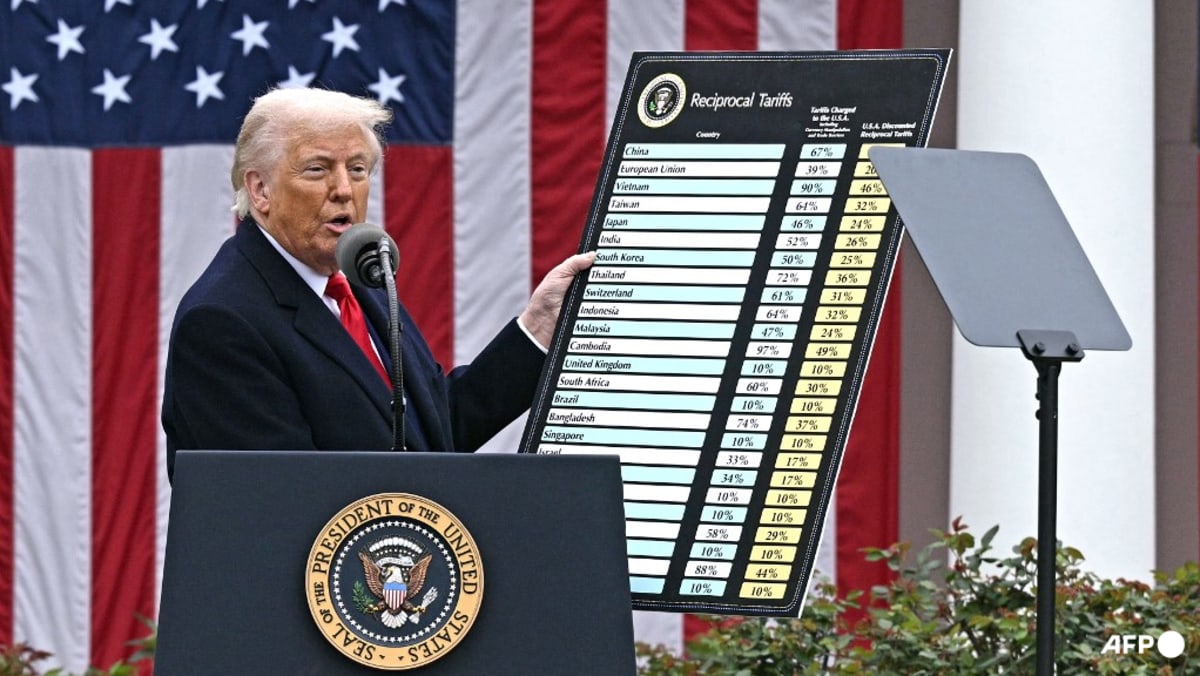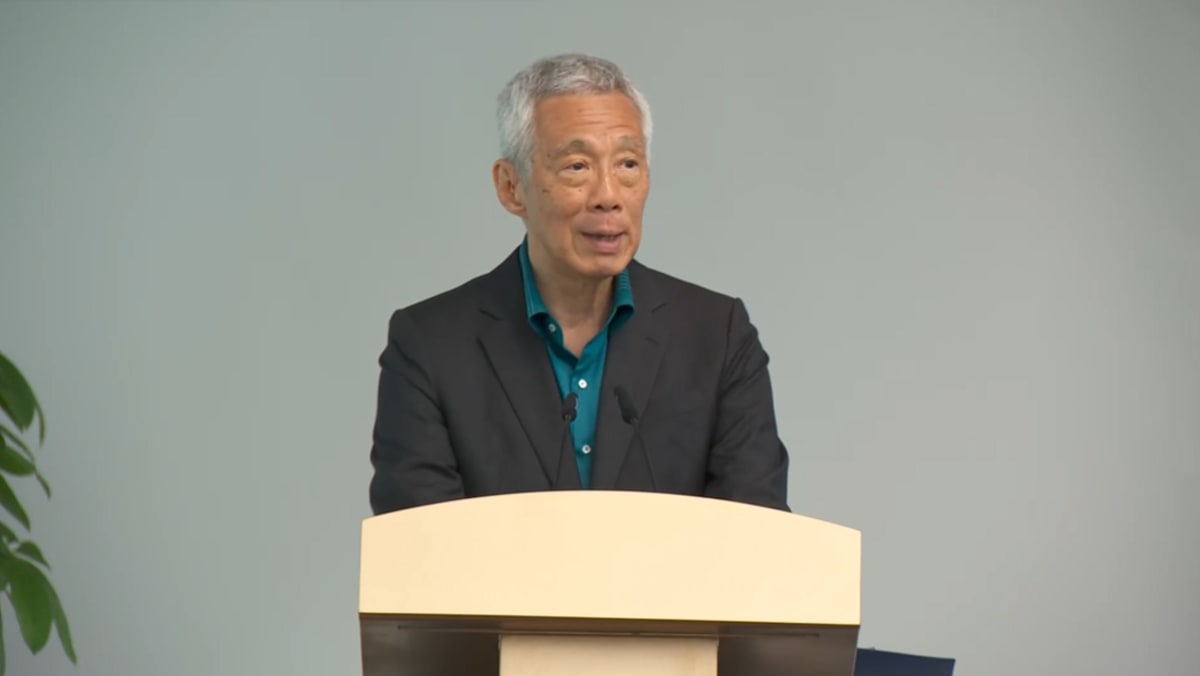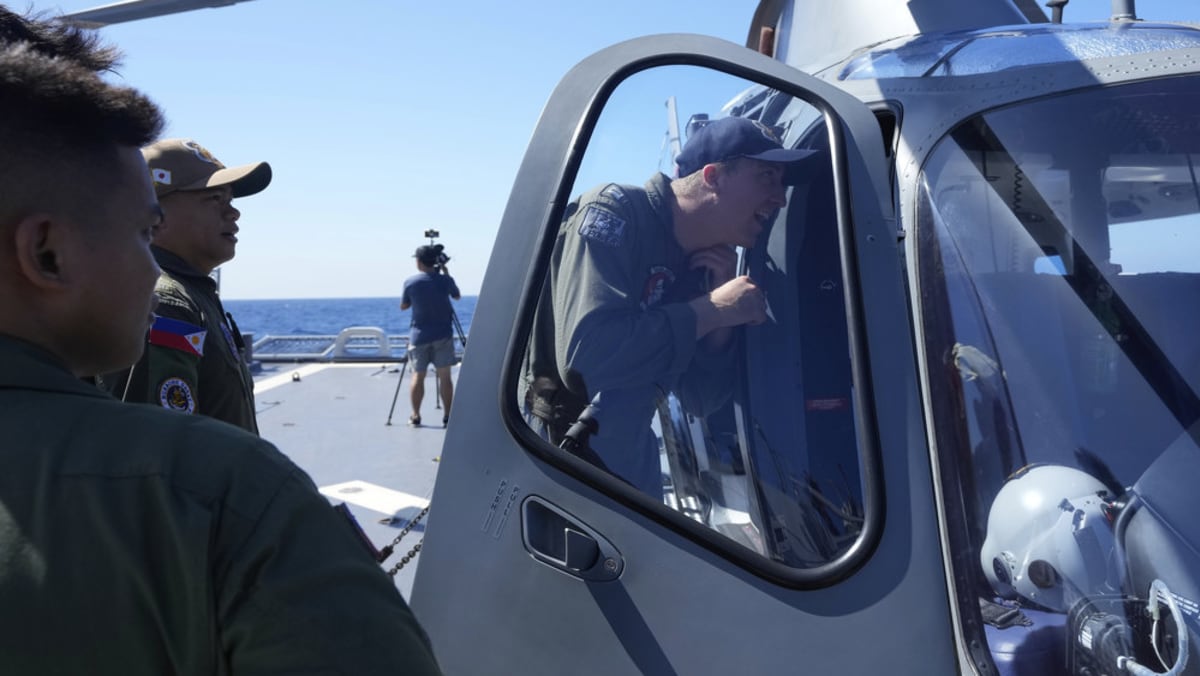Commentary: China’s first homegrown jet is Xi’s newest tool in foreign policy

Roosevelt actively recognised the DC-3 as a valuable tool for enhancing US foreign relations. He proudly showcased American aviation technology on his trips abroad, utilising his presidential C-54 Skymaster, affectionately known as the Sacred Cow, and a fleet of DC-3s, as a symbol of American ingenuity and prestige.
Roosevelt also presented DC-3 aircraft as gifts to strategically important states. The most notable instance was to King Abdul Aziz of Saudi Arabia, symbolising diplomacy and friendship after Roosevelt’s historic meeting with the king along the Suez Canal on Feb 14, 1945.
Just six years later, the two countries signed the 1951 Mutual Defence Assistance Agreement, a formal defence pact that cemented the two states’ close relationship. The DC-3 also marked the birth of Saudia, the flag carrier airline of Saudi Arabia.
China’s new C919 holds similar potential for President Xi Jinping’s foreign policy, offering striking parallels to Roosevelt’s use of American DC-3s. The C919 carries symbolic value for China’s foray into great power politics vis-a-vis international aviation. Xi no doubt aims to leverage the C919 to strengthen diplomatic ties and promote Beijing’s global influence.
DOING BUSINESS WITH RUSSIA, IRAN, NORTH KOREA
Currently, only regional Chinese airlines have ordered the C919, intending to use them for short, domestic routes. For Beijing to parade the aircraft as a technological success and symbol of prestige internationally, the C919 needs to be operated by airlines beyond China.
Here, state-owned airlines may prove more amenable than private operators to Xi’s persuasion, as the former align closely with a government’s policies rather than the whims of for-profit shareholders. In particular, the C919 can gain legitimacy if Xi targets two specific groups of potential C919 operators in his diplomatic efforts over the next decade.
Source: CNA














